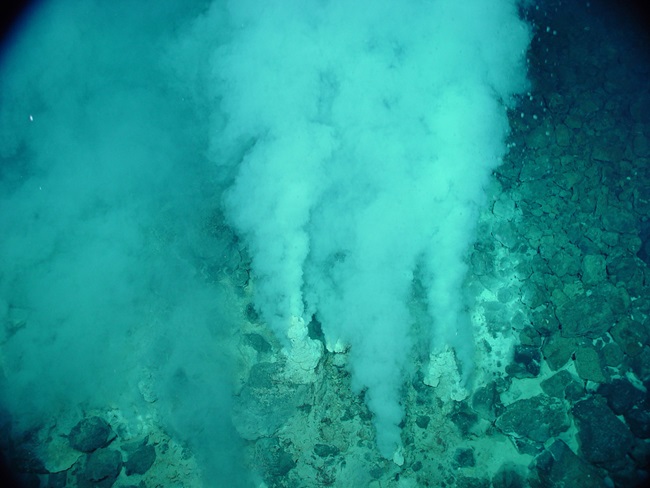Abstract:
Determining the role of geological environments in synthesis of organic molecules is an important challenge for origin of life research, and for understanding how to deconvolute abiotic from biological signatures in planetary missions. Though organic distribution patterns are often considered a possible biosignature to search for in a planetary environment, the field of prebiotic chemistry shows the high complexity and diversity that is possible in abiotic organic systems, particularly with reactive minerals / ions that increase reaction network functionality. One significant geological parameter that can affect abiotic organic reactions is the presence of gradients, e.g. of redox, pH, and temperature. I will present results of a study in which we investigated the reactions of multiple prebiotically relevant carboxylic acids (pyruvate and glyoxylate) in geological systems relevant to a wet sediment or seafloor / vent environment. We show that pH, redox, and ammonium concentration gradients drive variety in the distribution pattern of organics that are abiotically formed in these systems. In other words, the positioning of the prebiotic reaction network in the gradient phase space determines the organic product distribution pattern that results. This is significant for origin of life chemistry in which the composition and therefore function of oligomers could be affected by the environmental parameters including the gradient-driven distribution of monomers available. Meanwhile, for astrobiology and planetary science where specific organic distribution patterns are sometimes considered a possible sign of life, it is important to consider in situ gradient-driven abiotic organic reaction networks that might also produce similar effects.
Speaker: Laurie Barge, NASA, JPL
Date: 9 October, 14:00-15:00 at Mishima Hall (ELSI-1)
Host: Kristin Johnson

